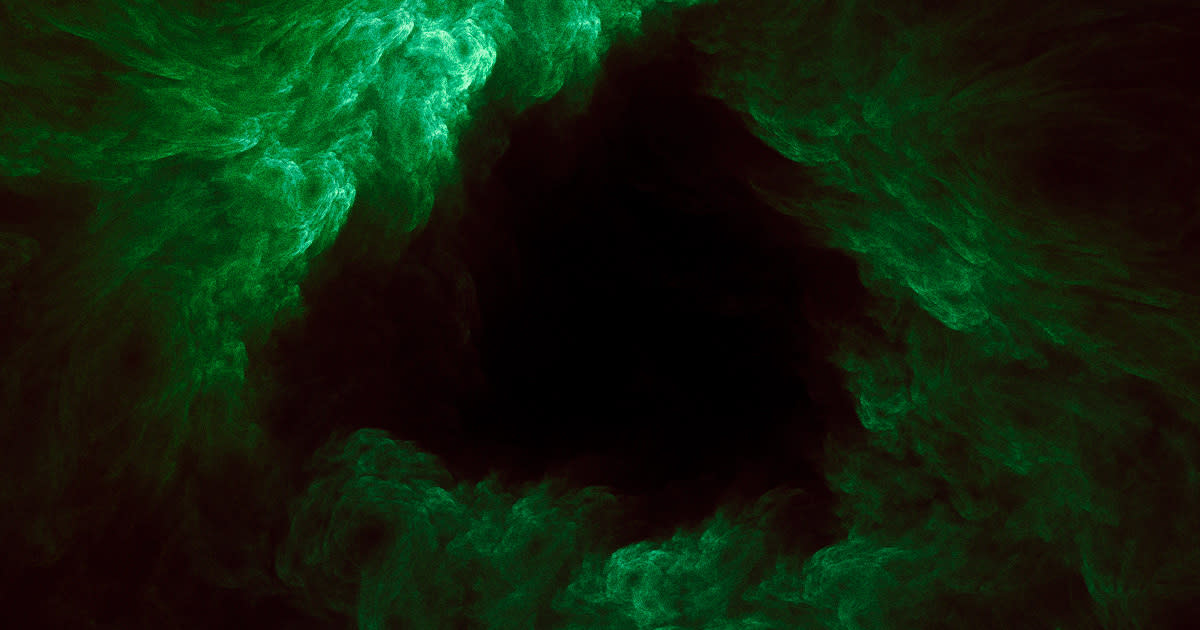Astronomers Struggle to Explain Why Ancient Black Holes Are Nowhere to Be Found

Black Magic
When the Big Bang gave birth to our universe 13.8 billion years ago, one of the first things to emerge from that nascent cauldron of hot, homogeneous matter was black holes. But they would've been a tad different from the ones we know today.
Known as primordial black holes, these ancient objects are thought to be incredibly small — perhaps even the size of an atom — and extremely numerous. Yet, despite their crucial role in our understanding of the early universe, they remain hypothetical, as astronomers have never been able to actually find any in the cosmic microwave background (CMB), the remnants of the oldest light in the universe.
That threatens to poke a few, well, holes in popular cosmological models. Now, a team of researchers says they have an explanation, as detailed in a pair of new studies: there may simply be way fewer primordial black holes than once believed.
"... Many researchers feel they are a strong candidate for dark matter, but there would need to be plenty of them to satisfy that theory," said Jason Kristiano, coauthor of the studies and a grad student at the University of Tokyo, in a statement about the work.
But despite strong reasons for their abundance, he added, "we have not seen any directly, and now we have a model which should explain why this is the case."
Making Waves
As Kristiano said, it's tempting to believe primordial black holes are ubiquitous because they could neatly explain the existence of dark matter, the mysterious substance that accounts for over 85 percent of all mass in the universe.
Because black holes themselves are invisible and can only be observed via their gravitational influence, primordial ones of such a small scale would be incredibly difficult to detect. For those reasons, many astronomers believe that's where all that dark matter could be hiding.
Then again, maybe not. According to the researchers, primordial black holes are created through the collapsing of gravitational waves of short but strong wavelengths. At the time they would've been formed, shortly after the Big Bang, the universe was relatively small, allowing for these powerful, black hole-forming waves to exist.
But by applying current understandings of quantum field theory to observations of the CMB, the researchers posit that these waves, too, may not have been as numerous as we thought.
"What we have found is that these tiny but strong waves can translate to otherwise inexplicable amplification of much longer waves we see in the present CMB," said coauthor Jun'ichi Yokoyama at the University of Tokyo's Kavli Institute for the Physics and Mathematics of the Universe in the statement.
"While individual short waves would be relatively powerless, coherent groups would have the power to reshape waves much larger than themselves," he added.
It's a compelling theory, but it won't be until we have gravitational wave observatories in space that we'll have more definitive answers.
More on black holes: Scientists Attempt to Explain Why Hundreds of Stars Disappeared From Night Sky


